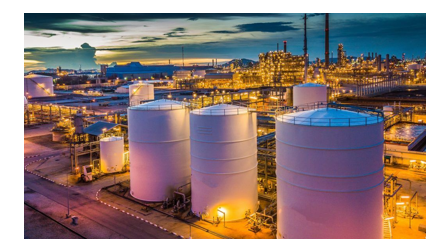INP-WealthPk
Amir Khan

Pakistan’s major economic indicators showed a mixed trend in FY2023. On the positive side, there has been a modest recovery in GDP growth, reaching 2.4%, a notable improvement from the negative 0.2% recorded in FY23. Talking to WealthPK, Muhammad Aslam, Additional Secretary of Industries and Production, said there were notable areas of concern alongside these improvements. The large-scale manufacturing sector has shown a negligible growth following a nearly 10% decline in FY23. In addition, he explained industries such as textiles, automobiles, electrical goods, cigarettes, cement, and iron and steel products exhibited a negative growth. This stagnation was attributed to restrictions on imported inputs and reduced investment and construction activity, coupled with depressed consumer demand due to stagnant real household incomes. Moreover, investment levels have also plummeted to a 50-year low, with total investment at only 11.4% of GDP. The private investment stands at a mere 8.7% of GDP, while public investment is at 2.7%.
Talking to WealthPK, Mr Javed, senior economist at the Board of Investment, highlighted a major change in the private investment trends. He noted a 55% decrease in manufacturing investment over the past five years, contrasted with a significant rise in property and real estate investment. Mr. Javed highlighted the need to reverse this trend to prioritize industrial and agricultural investments, aiming for export growth and diversification. The agricultural sector has significantly contributed to the positive growth, which rebounded strongly from the devastation caused by the 2022 floods. The sector achieved a remarkable growth rate of 6.3%, with the major crop sector experiencing an extraordinary surge of 16.8%. Another area of success has been the containment of the current account deficit, which has decreased to just $0.5 billion in the first eleven months of FY23. This improvement is partly due to 11% growth in goods exports and 2.3% reduction in imports. Inflation rates have also shown a progressive decline, peaking at 38.3% in May 2023 and steadily dropping to 11.8% by May 2024.
This reduction is partly attributed to the 'high base effect,' with food prices experiencing a dramatic decrease from 50.7% in May 2023 to below 1% in May 2024. Furthermore, the unemployment rate has risen to 8.2%, with the number of unemployed increasing from 4.51 million to 6.26 million over three years. When underemployment included, the rate approaches 9%. Coupled with stagnant real per capita income and a sharp rise in food prices, poverty has surged, affecting an estimated 43% of the population, with approximately 104 million people living below the poverty line. Despite some key improvements in 2023-24, the overall economic conditions in Pakistan remain challenging. The outlook for 2024-25 will be crucial in determining whether the economy can achieve higher GDP growth, sustained inflation reduction, and greater stability in public finances, alongside addressing poverty and unemployment issues.
Credit: INP-WealthPk













